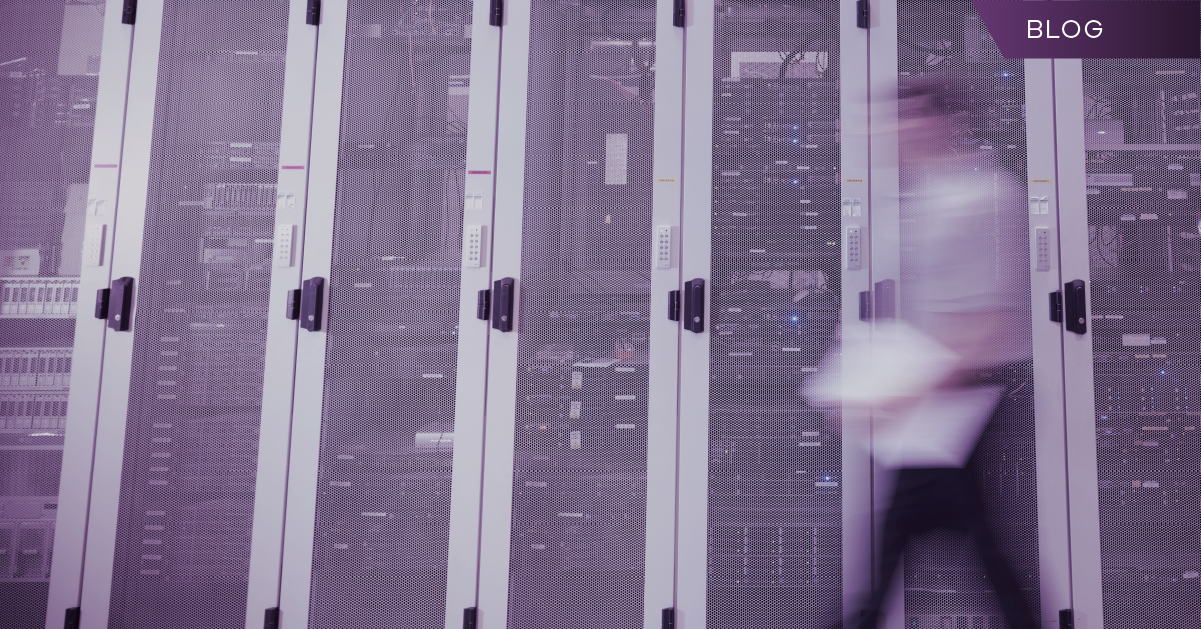Ransomware has evolved again. It is faster, smarter, and more targeted than ever before. What was once a data-encryption nuisance has become a full-scale business disruption engine powered by AI, automation, and a professionalized cybercrime economy.
In 2026, ransomware will not only be about locked files. It is about stolen identities, compromised supply chains, and operational paralysis that can spread in minutes.
“Agentic AI can reason, plan, and act autonomously, adapting attacks in real time and learning from defenders faster than they can respond,” Govind Rangasamy, head of Recovery Solutions and vice president of Portfolio Marketing at Commvault, wrote in his book, The Cyber Resilience Reckoning.
In controlled testing cited in the book, AI-driven ransomware achieved full data exfiltration 100 times faster than human attackers. This represents a fundamental shift that demands equally intelligent defenses.
For CISOs and IT leaders, 2026 will be the year when resilience replaces prevention as the true measure of readiness.
Trend 1: Agentic AI Ransomware Takes the Lead
Threat actors are now deploying agentic AI, or self-directed systems that plan and execute campaigns end to end. Unlike traditional tools that follow scripts, these AI agents can adjust to network defenses, change payloads during an attack, and learn from detection responses.
This capability may make traditional playbooks obsolete. Defenders must match machine-speed attacks with AI-assisted detection, behavioral analytics, and automated rebuild testing that validate recovery integrity continuously.
Trend 2: Identity Confidence Becomes the New Perimeter
After years of focus on “identity-centric” security, 2026 marks a new stage. Identity confidence, not just access control, will define cyber resilience.
Attackers are exploiting stolen tokens, API keys, and misconfigured entitlements to move across hybrid environments without triggering alerts. The challenge is no longer verifying who someone is. It is about knowing whether that identity still can be trusted after compromise.
As Rangasamy writes, “Resilience isn’t about avoiding failure. It’s about bouncing back from it.”
Ongoing verification and clean, verifiable rebuilds of identity infrastructure help restore trust faster than attackers can weaponize it.
Trend 3: Supply Chain and SaaS Exploitation Accelerates
Ransomware gangs increasingly are targeting third-party and SaaS ecosystems, where one breach can affect hundreds of organizations. RaaS platforms now automate reconnaissance of vendor relationships, exposing shared credentials, CI/CD pipelines, and API links.
Expect 2026 regulations to require vendor-resilience evidence. This means not just SOC 2 reports but proof of rebuild capability across dependencies.
Trend 4: Ransomware-as-a-Service Goes Corporate
What once resembled a hacker marketplace now operates like a software franchise. RaaS operators offer tiered pricing, technical support, and customization to affiliates.
This industrialization of cybercrime means even low-skill actors can rent AI-enhanced ransomware kits. Organizations must treat RaaS as a true industry competitor that innovates faster than most corporate defenders.
Trend 5: Data Extortion and Deepfake Blackmail Rise
Encryption-only attacks are becoming less common. Attackers now combine data theft, AI-generated deepfakes, and synthetic communications to coerce payments or damage reputations. This new wave of psychological ransomware weaponizes trust itself, not just technology.
Trend 6: Resilience Becomes the Metric That Matters
Leading enterprises are shifting focus from defense to demonstrated resilience.
Rangasamy defines true cyber resilience as “rebuild confidence” – the verified ability to restore business-critical applications within hours.
Speed alone is no longer enough. Recovery must be clean, not just fast.
Commvault’s whitepaper Redefining Cyber Recovery: Introducing Mean Time to Clean Recovery presents MTCR as a new benchmark for recovery success.
MTCR measures how quickly an organization can restore critical services using verified clean data, closing what Commvault calls the cyber resilience gap. It moves beyond traditional recovery time objectives and recovery point objectives to focus on trust, validation, and data integrity – the factors that determine whether recovery truly works.
Key pillars of resilience now include:
- Immutable, air-gapped backups validated regularly.
- Automated, policy-driven rebuilds of entire application stacks.
- Ongoing chaos testing to expose weak links before attackers do.
- Measurement and reporting of MTCR.
- Unified visibility across data, identity, and infrastructure.
Trend 7: Cyber Insurance and Regulation Tighten the Bar
Governments and insurers are increasingly looking for proof of validated recovery and tested rebuild capabilities. Organizations that can demonstrate cleanroom recovery and verified data integrity see faster claim approvals and stronger regulatory standing. Resilience evidence is quickly becoming as essential as financial audits.
The Bottom Line
Ransomware has matured into a data-driven, AI-accelerated industry. Survival now depends less on stopping every attack and more on recovering faster than the attacker can adapt. Your resilience posture – measured in hours, not days – is now a competitive edge.
As Rangasamy concludes, “The organizations that embrace the Rebuild function today will become those that not only survive tomorrow’s attacks but emerge stronger from them.”
Learn More
This blog draws on insights from The Cyber Resilience Reckoning (O’Reilly Media, 2025), written by Commvault Head of Recovery Solutions and Vice President of Portfolio Marketing Govind Rangasamy, and from the Commvault whitepaper Redefining Cyber Recovery: Introducing Mean Time to Clean Recovery. For more perspectives on agentic AI, cyber recovery, and resilience metrics, visit the Readiverse.
Katherine Demacopoulous is Senior Director of Global Content Strategy and Programs at Commvault.


